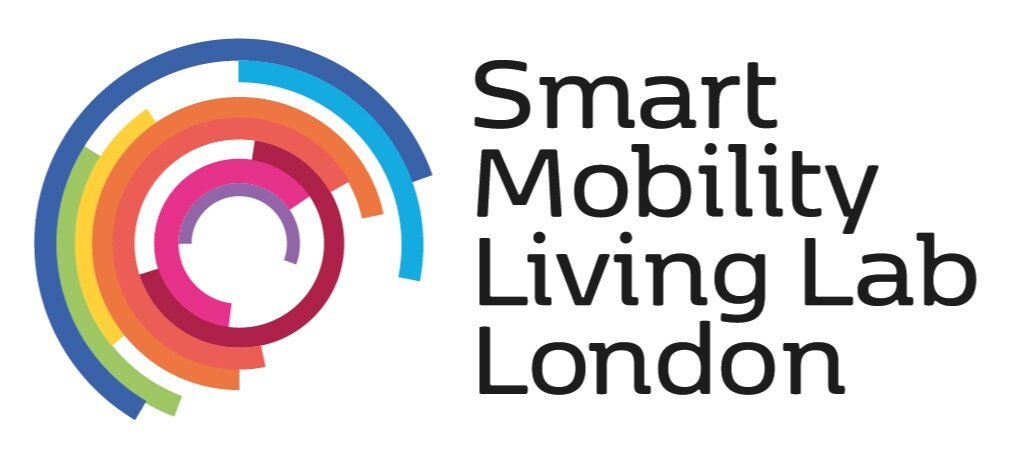We’re building a 3D model of the streets in our testbed – here’s why
By JONATHAN CLARK, INTEGRATION ENGINEER AT TRL
London is a city like no other. Its heritage, individualism and multi-culturalism are impossible to replicate.
But while you can’t capture the spirit of the city, you can capture the shape of it.
And this is exactly what we’re doing at our testbed site in the Royal Borough of Greenwich, South London.
We’re using Building Information Modelling (BIM) to create a 3D model of the streets of the SMLL testbed– 13km of them, to be precise.
This model – which will act as a ‘digital twin’ of the real-life area – will enable us to plan and build our testbed with greater efficiency. It will even help us to run the testbed once the project becomes operational.
In this blog post, I’m going to tell you more about BIM, and what makes it so valuable to SMLL.
A digital asset database
We started building the model by taking a laser scan of the streets of Greenwich, and then loading this information into a modelling software.
This gave us a 3D geometrical map of the entire environment. We can see what the dimensions of the road are, where exactly the street furniture is located, and how it all fits together.
In this way the model acts as a giant database, recording information for the assets we install on the testbed.
So, anything mounted on the roadside can be tagged with its own installation guide, data sheet, orientations and configurations, all within the model.
This means we won’t have to keep looking up asset information from lots of different sources – handy!
The street-level view
SMLL will use cameras to track and collect data from the trials being run at SMLL. So it’s really important that we put these cameras in the right place, so they can see as much as possible.
BIM shows us exactly how to do this, because we can test the camera locations within the model.
Through the model, we can see the point of view of a camera. Does it have a good line of sight here, or is it blocked by a building? Will it still be able to see in the winter, when the angle of the sun changes?
Without BIM, the only way to find the best location for the cameras would involve trial and error – which is costly and hugely inefficient.
Being able to plan upfront is far more effective, as it means we can prepare before we go out and conduct testing and trialling on the ground.
Plus, we can use the model to pin-point the exact co-ordinates of where we want to put things – which we then relay to the contractors building the testbed.
The model is also useful when it comes to considering statutory undertakings.
We have a legal obligation to look out for underground utilities that are in the area. Digitising the location of these subterranean services (mostly water and power) helps us to work around them.
Finally, BIM helps us track any unexpected changes we might have to make during the build phase.
The 3D model acts as a template, which we can compare to the actual building work. This helps us ensure that what’s on the road matches the designs we planned originally.
A novel use for BIM
It’s very unusual to deploy BIM on a mobility project. This is because BIM isn’t traditionally utilised for road-side environments because they’re so large in scale, and the assets belong to so many different stakeholders.
But we’re changing this.
We’ve identified many future uses for the BIM model within SMLL.
Alongside the possibilities I’ve already mentioned, BIM also enables us to take the test site data and share it across the consortium.
This means all our partners can access information about the testbed, which they might need to develop their own solutions.
And, in the future, there’s the potential for BIM to aid with the actual operation of the testbed.
The model might be able to store environmental data, showing us, for instance, where ice is likely to form on the roads in winter.
This kind of information would be vital for a CAV to know, and so BIM could have a role to play on this side of the testbed as well. But this is a topic for another blog post – watch this space!
Ultimately, it’s important to recognise that we’re using BIM in a pretty novel way.
And this is just one of the ways we’re pushing the boundaries with the SMLL project.
A 3D map of the future
London is an amazing place.
So it’s no surprise that there’s huge value in creating a second version of the streets involved in our testbed– a digital BIM twin.
By gathering the dimensions of these streets, we can learn more about the site we’re trying to build.
Hopefully, it’s the site of our autonomous connected future.
